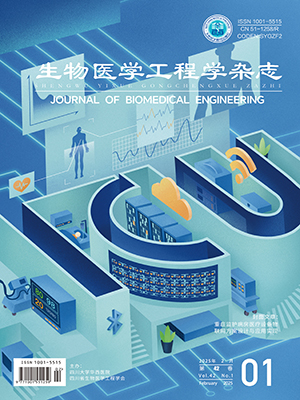How to realize the control of limb movement and apply it to intelligent robot systems at the level of cerebellar cortical neurons is a hot topic in the fields of artificial intelligence and rehabilitation medicine. At present, the cerebellar model usually used is only for the purpose of controlling the effect, borrowing from the functional mode of the cerebellum, but it ignores the structural characteristics of the cerebellum. In fact, in addition to being used for controlling purposes, the cerebellar model should also have the interpretability of the control process and be able to analyze the consequences of cerebellar lesions. Therefore, it is necessary to establish a bionic cerebellar model which could better express the characteristics of the cerebellum. In this paper, the process that the cerebellum processes external input information and then generates control instructions at the neuron level was explored. By functionally segmenting the cerebellum into homogeneous structures, a novel bionic cerebellar motion control model incorporating all major cell types and connections was established. Simulation experiments and force feedback device control experiments show that the bionic cerebellar motion control model can achieve better control effect than the currently widely used cerebellar model articulation controller, which verifies the effectiveness of the bionic cerebellar motion control model. It has laid the foundation for real brain-like artificial intelligence control.
Citation: ZHANG Qi, LIU Rong, LI Yaozhu, LIANG Yabin, LIN Xiangqian. A bionic cerebellar motion control model and its application in arm control. Journal of Biomedical Engineering, 2020, 37(6): 1065-1072, 1079. doi: 10.7507/1001-5515.201910052 Copy
Copyright © the editorial department of Journal of Biomedical Engineering of West China Medical Publisher. All rights reserved




